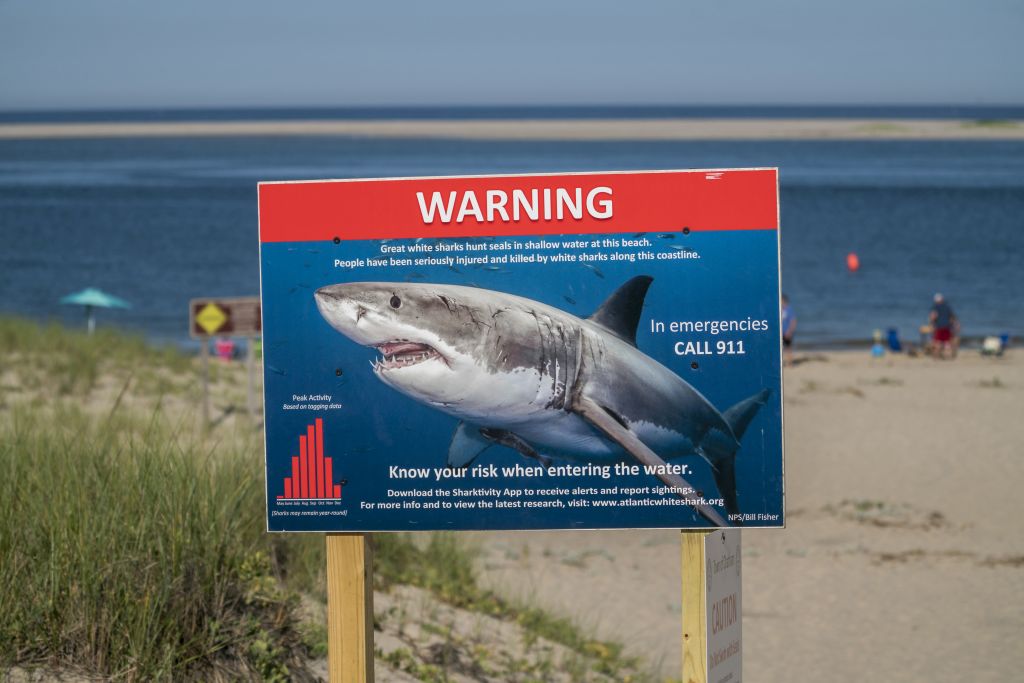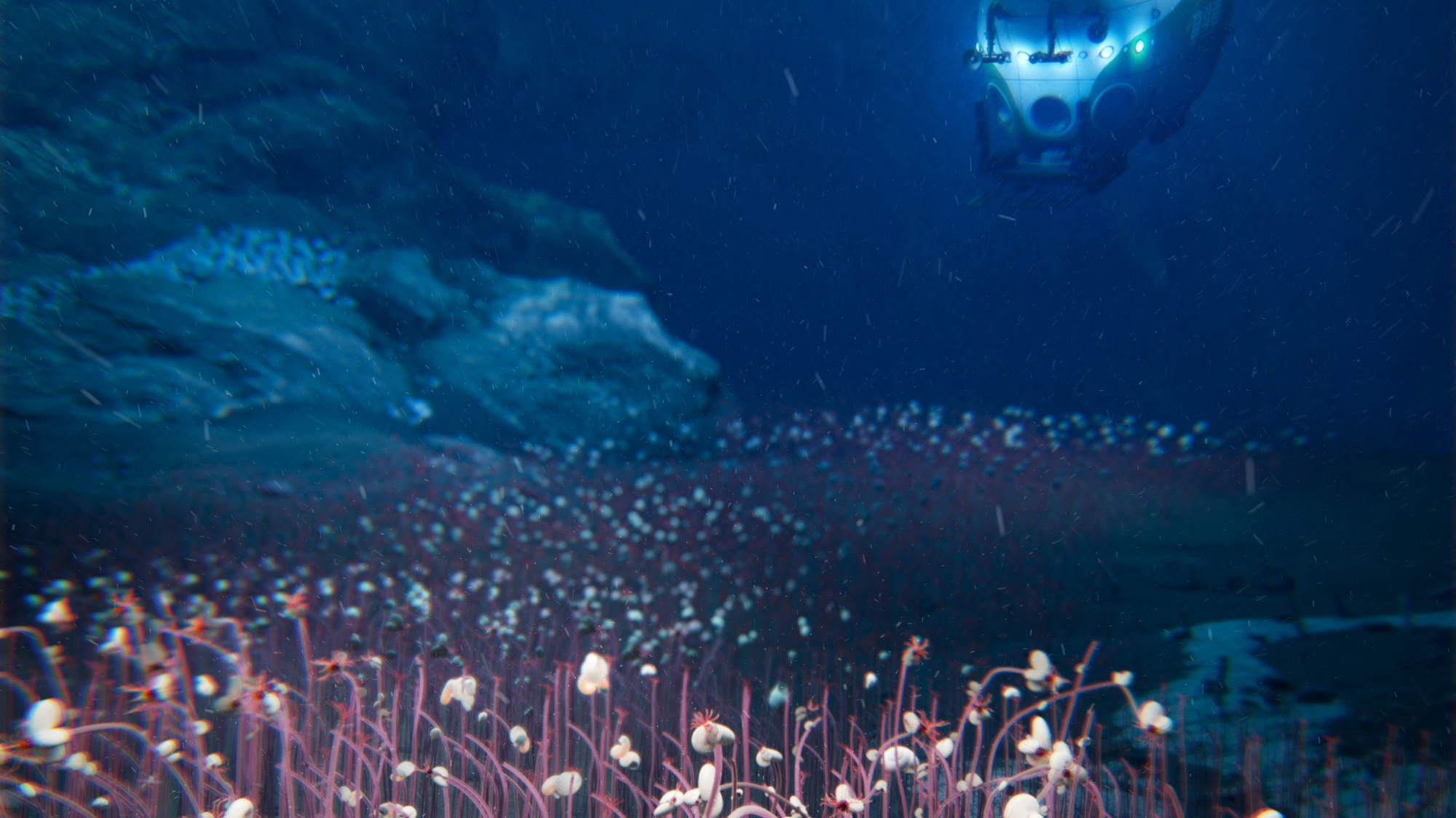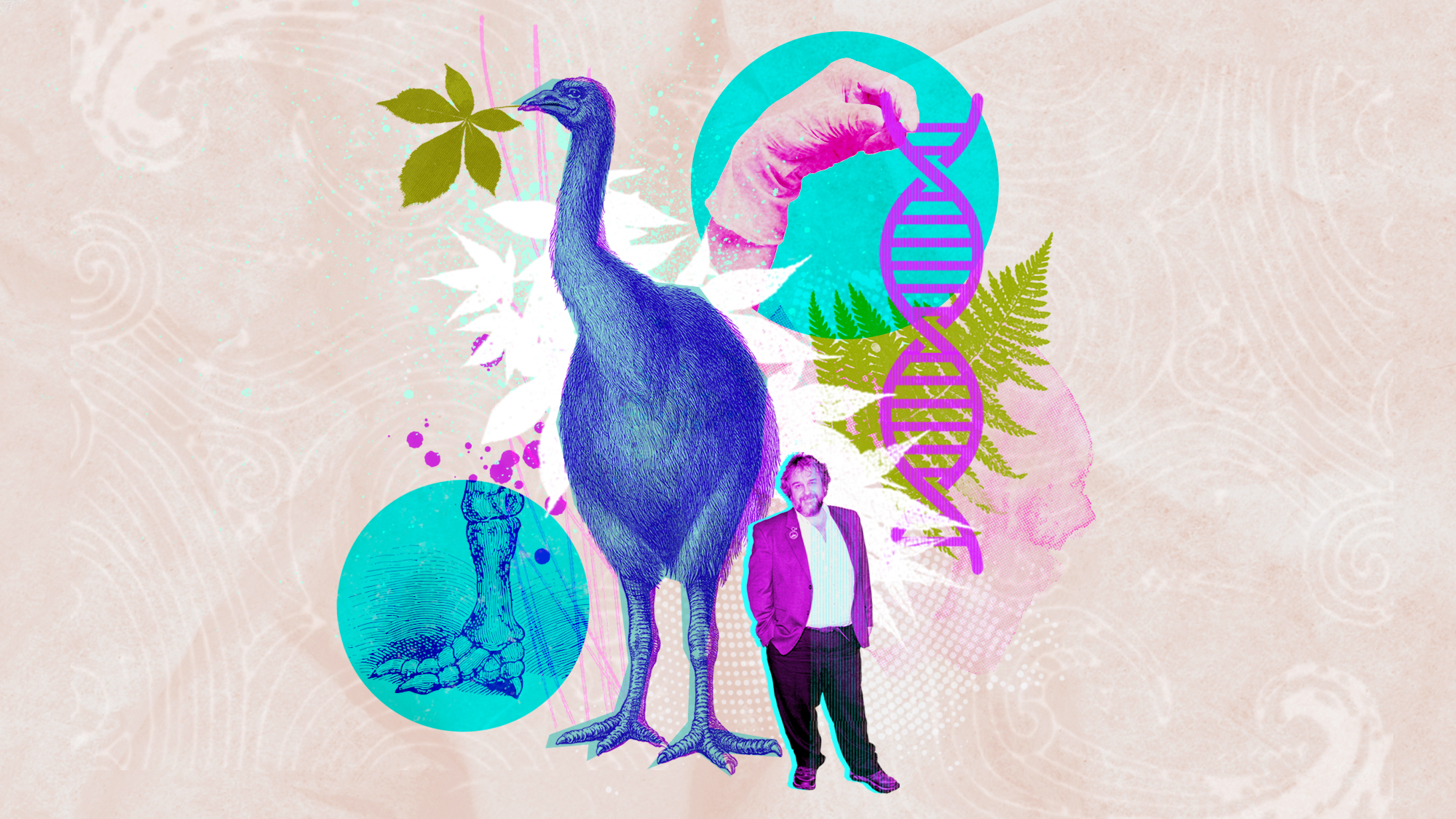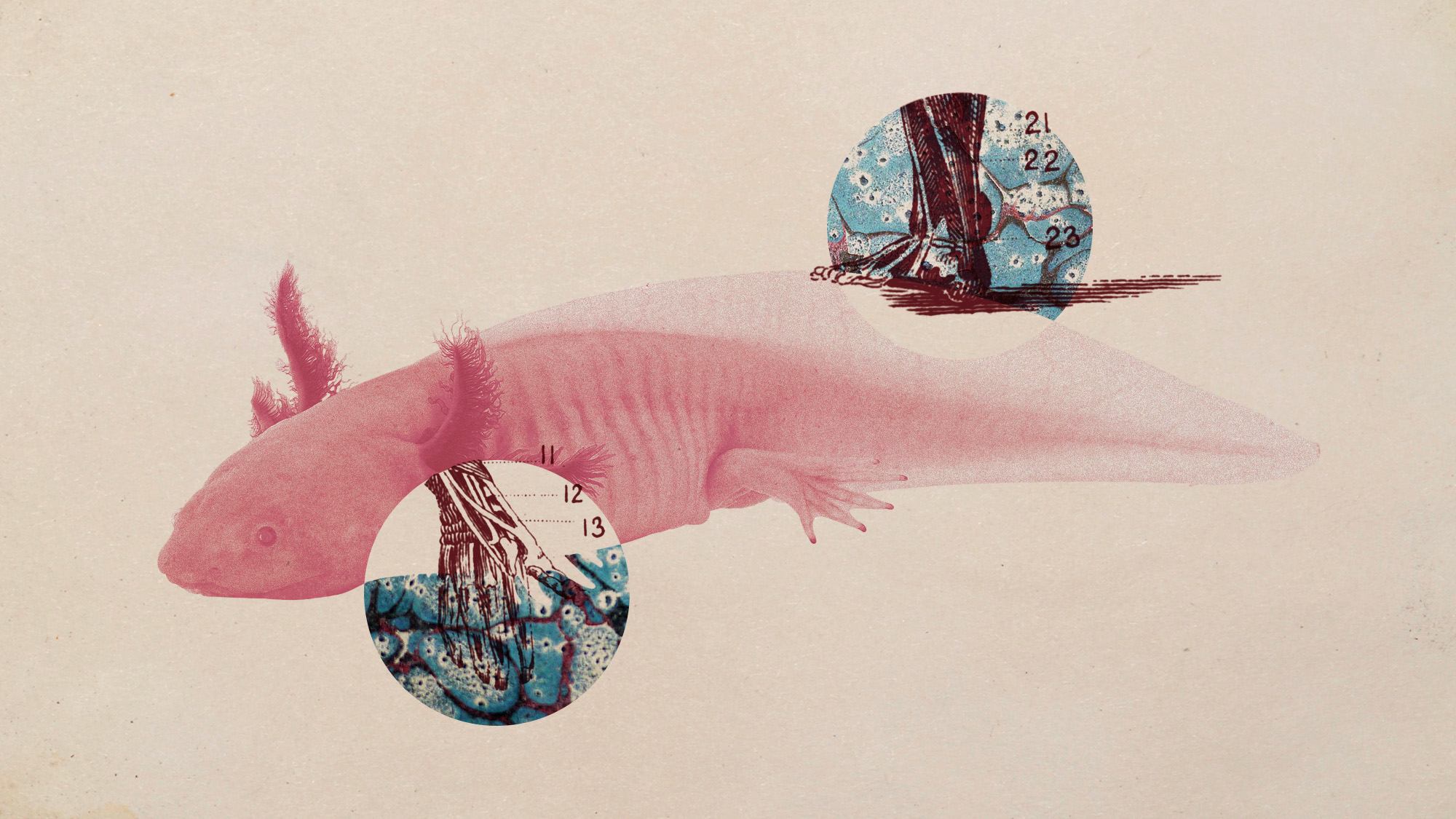A summer of shark attacks
A spate of shark attacks off the Northeast coast has swimmers and surfers on edge. What’s behind the biting spree?

A spate of shark attacks off the Northeast coast has swimmers and surfers on edge. What's behind the biting spree? Here's everything you need to know:
Are shark attacks increasing?
The number of people bitten by sharks worldwide has held steady at about 70 or 80 a year over the past decade. But the U.S. Northeast appears to account for a growing share of those attacks. At least 13 people have been bitten off New York's Long Island over the past two summers — that's more than in the previous two centuries. Earlier this month, New York City's popular Rockaway Beach had its first attack in seven decades, when an unidentified shark bit a chunk from the leg of a 65-year-old swimmer. Attacks are also rising further north. In 2018, a boogie boarder was killed on the Cape Cod National Seashore, Massachusetts' first fatal attack since 1936. Maine saw its first fatal attack in 2020, when a great white tore into a woman paddling off Bailey Island. Sightings of great white sharks are now routine along the Cape's popular Atlantic beaches. "The danger is much greater than it used to be," said Heather Doyle, chair of the shark safety nonprofit Cape Cod Ocean Community. The sharks "have not always been here to this degree."
Are there more sharks in the water?
Shark populations have shrunk globally by about 70% over the past 50 years, largely due to overfishing of both the animals and the fish they eat. But that trend is reversing in the U.S., thanks to state and federal regulations that protect the sharks and their prey. In 2013, 15 East Coast states began limiting catches of menhaden, a major food source for sharks. Those fish, also known as bunker, now thrive in New York's nearshore waters — bringing sharks close to swimmers and surfers. In Cape Cod, great whites have rebounded since a 1972 federal law banned the culling of gray seals, which the sharks feast on in summer and fall. The Cape is now home to a booming population of seals and some 800 great whites, one of the world's largest populations. "Sharks are a sign of a healthy ecosystem," said Chris Paparo, a shark expert at Stony Brook University in Long Island. Some scientists believe global warming is also pushing more sharks to Northeastern waters.
The Week
Escape your echo chamber. Get the facts behind the news, plus analysis from multiple perspectives.

Sign up for The Week's Free Newsletters
From our morning news briefing to a weekly Good News Newsletter, get the best of The Week delivered directly to your inbox.
From our morning news briefing to a weekly Good News Newsletter, get the best of The Week delivered directly to your inbox.
Why are sharks on the move?
As ocean temperatures hit record highs, sharks that prefer frigid water, such as great whites, may be heading further north to chillier seas. Meanwhile, sharks that normally inhabit warmer waters off Florida and the Carolinas — such as bull, tiger and black-tipped sharks — can now comfortably roam all the way up to southern New England in summer. Hotter temperatures are also pushing more people to the beach in summer and into the water. There's more "potential to increase interactions," said James Sulikowski, a marine biologist at Arizona State University. As his language indicates, marine scientists chafe at the term shark "attack," and urge the use of shark "encounter" or "interaction."
Why is that?
While the 1975 blockbuster "Jaws" convinced many people that sharks are bloodthirsty man-eaters, the animals are actually not interested in hunting humans. "They generally just ignore people," said Gavin Naylor, head of the Florida Program for Shark Research. "If people knew how frequently they were in water with sharks, they would probably be surprised." Most bites happen by accident, when a shark mistakes a moving limb for a fish or a surfboard for a seal. When they realize their mistake, they move on, which is why most shark encounters result in minor injuries. Only five fatal shark attacks were reported worldwide last year.
How are authorities trying to protect beachgoers?
New York has launched a $1 million program to use surveillance drones to spot sharks. Police patrol the beaches in helicopters while lifeguards roam the waters on Jet Skis. "It's like a new world we're living in," said Cary Epstein, a 25-year veteran lifeguard at Jones Beach on Long Island. On Cape Cod, officials once wary of spooking beachgoers have installed conspicuous warning signs and encouraged swimmers not to go in above their waists. They've put tourniquets and bandages in bright orange boxes on beaches; an app, Sharktivity, tracks local sightings. Cape officials say they've been inundated with proposals for high-tech solutions such as using sound waves to drive off sharks, but most have been ignored. It's more effective, say scientists, to teach the public to avoid behaviors that increase risk.
What can swimmers do?
Avoid taking a dip at dawn and dusk, when sharks typically feed, and stay away from areas where seals or schools of fish are present, or where seabirds are diving. Experts also recommend swimming in groups and avoiding murky waters where a shark might confuse them for marine life. When you enter the ocean, be aware that you're "entering their home," said Hans Walters, a shark expert at the New York Aquarium. But the risks also need to be kept in perspective: More people are killed annually by cows and bees than by sharks. "Your chances of being bitten are kind of like your chances of winning the Powerball," said Christopher Lowe, director of the Shark Lab at California State University, Long Beach. "You have a much bigger risk driving to the beach."
A free daily email with the biggest news stories of the day – and the best features from TheWeek.com
The "Jaws" effect
As the first summer blockbuster, Steven Spielberg's 1975 smash "Jaws" upended Hollywood. The movie, which depicts a New England town terrorized by a flesh-hungry great white, may also have gotten a lot of sharks killed. "'Jaws' was kind of a turning point," said Christopher Lowe, the Shark Lab director. "It got people thinking very negatively about sharks." Shark-fishing competitions boomed in the movie's wake and few people cared that many species were pushed close to the brink of extinction. "Jaws" "made it easier for people to say, 'You know what? These things are a menace,'" said Lowe. "People were less compelled to protect them." Some scientists believe shark stocks would have dived with or without the movie, but Spielberg himself has apologized for its influence. "That's one of the things I still fear," Spielberg said in 2022, "not to get eaten by a shark, but that sharks are somehow mad at me for the feeding frenzy of crazy sport fishermen that happened after 1975."
This article was first published in the latest issue of The Week magazine. If you want to read more like it, you can try six risk-free issues of the magazine here.
-
 Taiwan eyes Iron Dome-like defence against China
Taiwan eyes Iron Dome-like defence against ChinaUnder the Radar President announces historic increase in defence spending as Chinese aggression towards autonomous island escalates
-
 Political cartoons for November 30
Political cartoons for November 30Cartoons Sunday's political cartoons include the Saudi-China relationship, MAGA spelled wrong, and more
-
 Rothermere’s Telegraph takeover: ‘a right-leaning media powerhouse’
Rothermere’s Telegraph takeover: ‘a right-leaning media powerhouse’Talking Point Deal gives Daily Mail and General Trust more than 50% of circulation in the UK newspaper market
-
 Parthenogenesis: the miracle of 'virgin births' in the animal kingdom
Parthenogenesis: the miracle of 'virgin births' in the animal kingdomThe Explainer Asexual reproduction, in which females reproduce without males by cloning themselves, has been documented in multiple species
-
 A rat infestation is spelling trouble for the almond industry
A rat infestation is spelling trouble for the almond industryThe Explainer The infestation has affected at least 100,000 acres in California
-
 Rabbits with 'horns' sighted across Colorado
Rabbits with 'horns' sighted across Coloradospeed read These creatures are infected with the 'mostly harmless' Shope papilloma virus
-
 'Thriving' ecosystem found 30,000 feet undersea
'Thriving' ecosystem found 30,000 feet underseaSpeed Read Researchers discovered communities of creatures living in frigid, pitch-black waters under high pressure
-
 What would happen to Earth if humans went extinct?
What would happen to Earth if humans went extinct?The Explainer Human extinction could potentially give rise to new species and climates
-
 Bad news, alpha males. You likely don't actually exist.
Bad news, alpha males. You likely don't actually exist.Under the radar Most primate communities are egalitarian
-
 Scientists and Peter Jackson attempt to bring back an extinct bird — kind of
Scientists and Peter Jackson attempt to bring back an extinct bird — kind ofIn the Spotlight Colossal Biosciences was the company behind the 'resurrected' dire wolves
-
 Scientists want to regrow human limbs. Salamanders could lead the way.
Scientists want to regrow human limbs. Salamanders could lead the way.Under the radar Humans may already have the genetic mechanism necessary